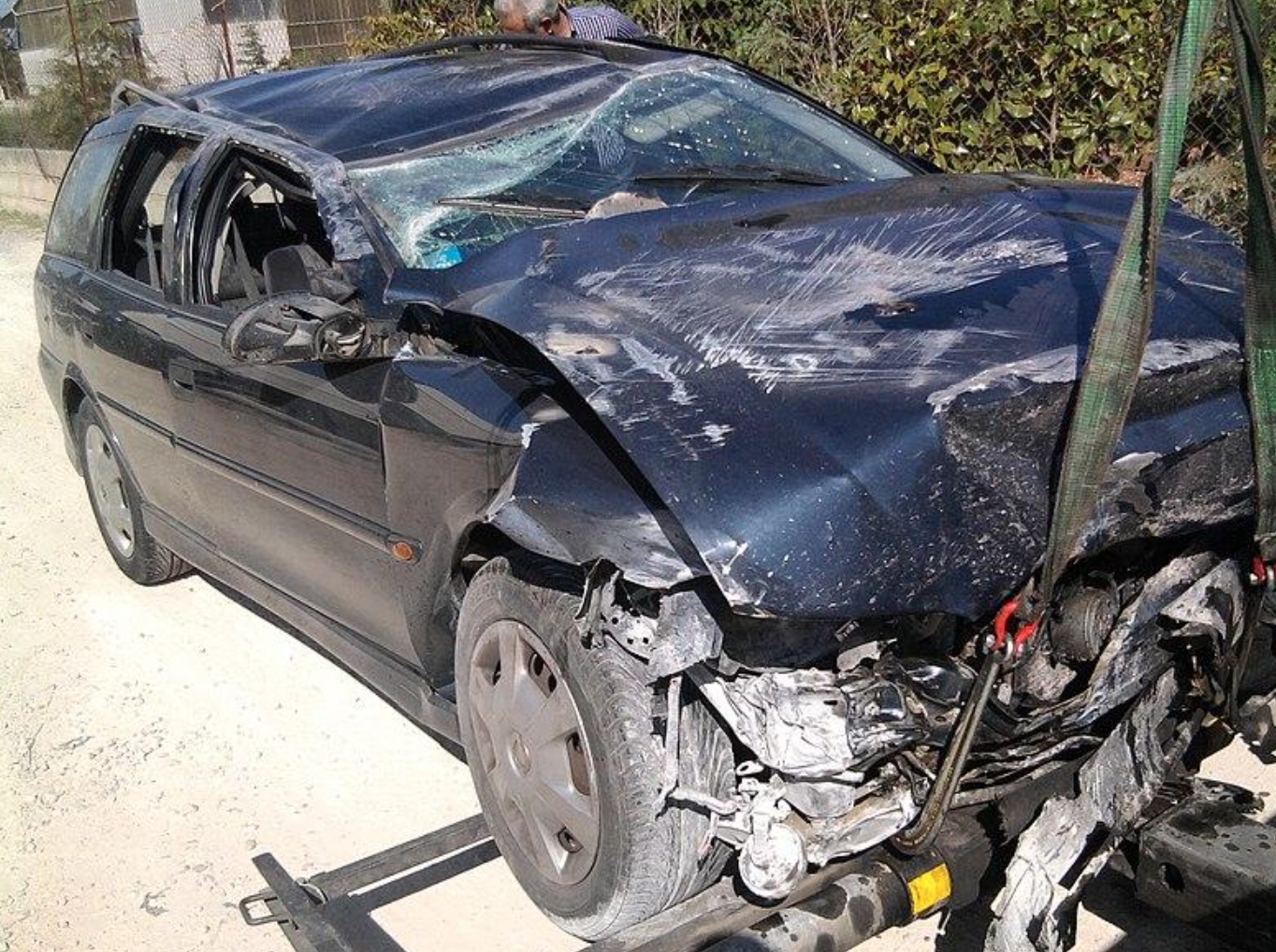There are three parts of liability insurance coverage, each allocated for covering different damages.
Many people are afraid of traveling via air or even ships because let’s face it, turbulence can be scary, and so can be big waves that move large ships like toys. While these modes of transportation are scary, do you know which is one of the most dangerous statistically? A study in 2019 showed that every year, more than 6 million passenger car accidents happen in the US, out of which over 4 million end up in some form of bodily injury. This is why the government has made it mandatory to have liability insurance.
What is liability insurance and why is it so necessary that almost every state in the US has made it illegal to drive a car without this insurance coverage? We’ll look into everything you need to know about this insurance coverage. But before we get into that, let’s understand the need for auto insurance.
Why Do You Need Auto Insurance?
Over 6 million passenger car accidents every year shows how common car accidents are in the country. Accidents are not just a single event. What follows after that is perhaps the task of repairs, rework, and also medical treatment. All these things cost, and they cost a lot. The average ER visit for a car accident is $3,300. The average cost of hospitalization after a car accident is $57,000.
These amounts are outrageous and you do not want to find yourself in a situation where you have to pay a fortune for medical treatment right after you’ve been in a traumatic accident. Not to forget that you just had your car totaled. This is why vehicle insurance exists.
Vehicle insurance comes in different types, each covering different types of damages. Auto insurance complicates the aftermath of an accident where the victim does not have to find himself in a financial crisis to cover their medical treatments and vehicle repairs.
What is Liability Insurance?
Liability insurance, also called third-party insurance, is the mandatory auto insurance policy that covers the cost of repair and medical treatment of the other people/ vehicle/property that your vehicle might damage in an accident. Yes, you cannot claim it as this insurance is not for you.
Let’s say that you rammed another car at fifty miles an hour and almost sent the other car to kingdom come. After everything has been sorted out and it was just a mistake from your side, the victim of this accident sees the bill for repairing the car (or what’s remaining of it) and the thousands of dollars in medical treatment bills. Who’s going to pay for it?

Legally, you should be the one to pay for it, but what if you don’t have the money? This is why it is mandatory to have liability insurance which has an insured amount of money to be used for covering the repairs and medical bills of the victim of the accident.
Parts of Liability Insurance
There are three parts of liability insurance coverage, each allocated for covering different damages. A liability insurance coverage is represented with three numbers, something like this; 25/50/20. Each number here represents thousands of dollars. Here’s what it means.
The first part represents the insured amount to cover the medical treatments and hospital bills for a person involved in the accident. Your insurance company would pay a total of $25,000 (as in the example) to cover the medical bills. Anything more would come out of your pocket.
The second part is also for the bodily injury coverage, but it is the maximum amount paid for all the individual people present in the car accident per accident. It means that if in an accident, there are two people involved, then the insurance company would pay a maximum of $50,000 (in this example) to cover the medical expenses of all the people involved in the accident. If the cost exceeds the coverage, the policyholder will have to pay the remaining amount.
The last part is the insured amount to cover the damages to the vehicle or any property in the accident. In an accident, your insurance company would pay $25,000 to cover the repairs of the vehicle or damages to the property. Anything extra will come out of your pocket.
Minimum Coverage Limit
Every state in the US that has mandated liability insurance has also put a minimum coverage limit. This means that everyone must get liability insurance with the minimum mandated coverage limit. While the most common minimum coverage limit is 25/50/25, in some states, this amount can get very high.
Here are the minimum coverage limits of some of the states in the US. This is not an exhaustive list. The numbers here represent bodily injury coverage per person/ bodily injury coverage per accident/ property damage.
- Alabama – 25/50/25
- Alaska – 50/100/25
- Arkansas – 25/50/25
- California – 15/30/5
- Delaware – 25/50/10
- Florida – -/-/10 (Florida has an optional bodily injury coverage limit)
- Georgia – 25/50/25
- Hawaii – 20/40/10
- Indiana – 25/50/25
- Maine – 50/100/25
- New York – 25/50/10
It is advised to have a liability insurance coverage limit of more than the minimum limit. Medical bills are expensive, and if your policy is inadequate, then you might have to pay from your own pockets. The downside of having a higher coverage limit is paying more premiums. You can save on premiums by choosing auto insurance companies with the cheapest annual car insurance costs, but still higher coverage would require slightly higher premium costs.
Some people also consider having an umbrella insurance coverage which can cover the extra cost in case liability insurance is not enough to cover the damages or injury.
And that was all about liability insurance. It is very important to have and can save you from a lot of trouble in an accident.


Join the conversation!